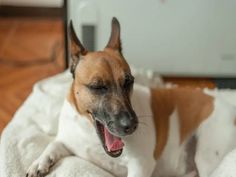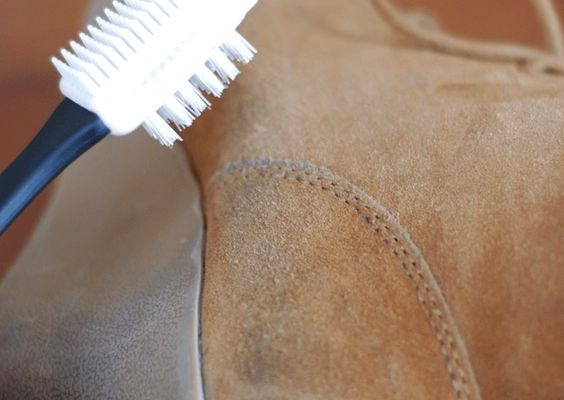3 Ways to Stop Reverse Sneezing in Dogs

Introduction:
Reverse sneezing, also known as pharyngeal gag reflex or inspiratory paroxysmal respiration, is a common condition in dogs that can be alarming for pet owners. It occurs when the soft palate and throat muscles suddenly contract, causing rapid inhalations through the nose with a distinctive snorting sound. Although reverse sneezing is not usually dangerous, it can be uncomfortable for dogs and concerning for their owners. Here are three ways to stop reverse sneezing in dogs and help them feel more comfortable.
1. Calm Your Dog Down:
During a reverse sneezing episode, it’s essential to remain calm yourself and try to soothe your dog. Gently speaking to your pet in a soft and reassuring voice can help them relax. You can also try stroking their back or neck gently. A calm environment will reduce anxiety levels for both you and your dog, making it easier for the reverse sneezing episode to pass more quickly.
2. Gentle Nasal Stimulation:
One simple method to help stop reverse sneezing is by gently stimulating your dog’s nasal passages. Lightly massage the area around your dog’s nostrils using small circular motions with your fingertips. This gentle pressure can help relax the spasms in their throat muscles, allowing them to breathe normally again.
Another approach is holding your dog’s nostrils closed gently during an episode which forces them to swallow and might help clear any mucus or irritants from their throat.
3. Use a Humidifier or Vaporizer:
Environmental factors such as dry air or irritants like dust and allergens can trigger reverse sneezing episodes in dogs. Using a humidifier or vaporizer in your home can help alleviate these issues by adding moisture to the air and reducing potential allergens. Be sure to maintain regular cleaning of the humidifier or vaporizer to prevent mildew or bacteria growth.
Conclusion:
While reverse sneezing is rarely a severe issue for dogs, it can be uncomfortable and distressing for both pets and their owners. By creating a calm environment, gently massaging your dog’s nasal passages, and using a humidifier or vaporizer, you can help ease your dog’s discomfort and stop reverse sneezing episodes more effectively. If your dog continues experiencing frequent reverse sneezing despite these efforts, it is crucial to consult with a veterinarian to rule out any other underlying health problems.






